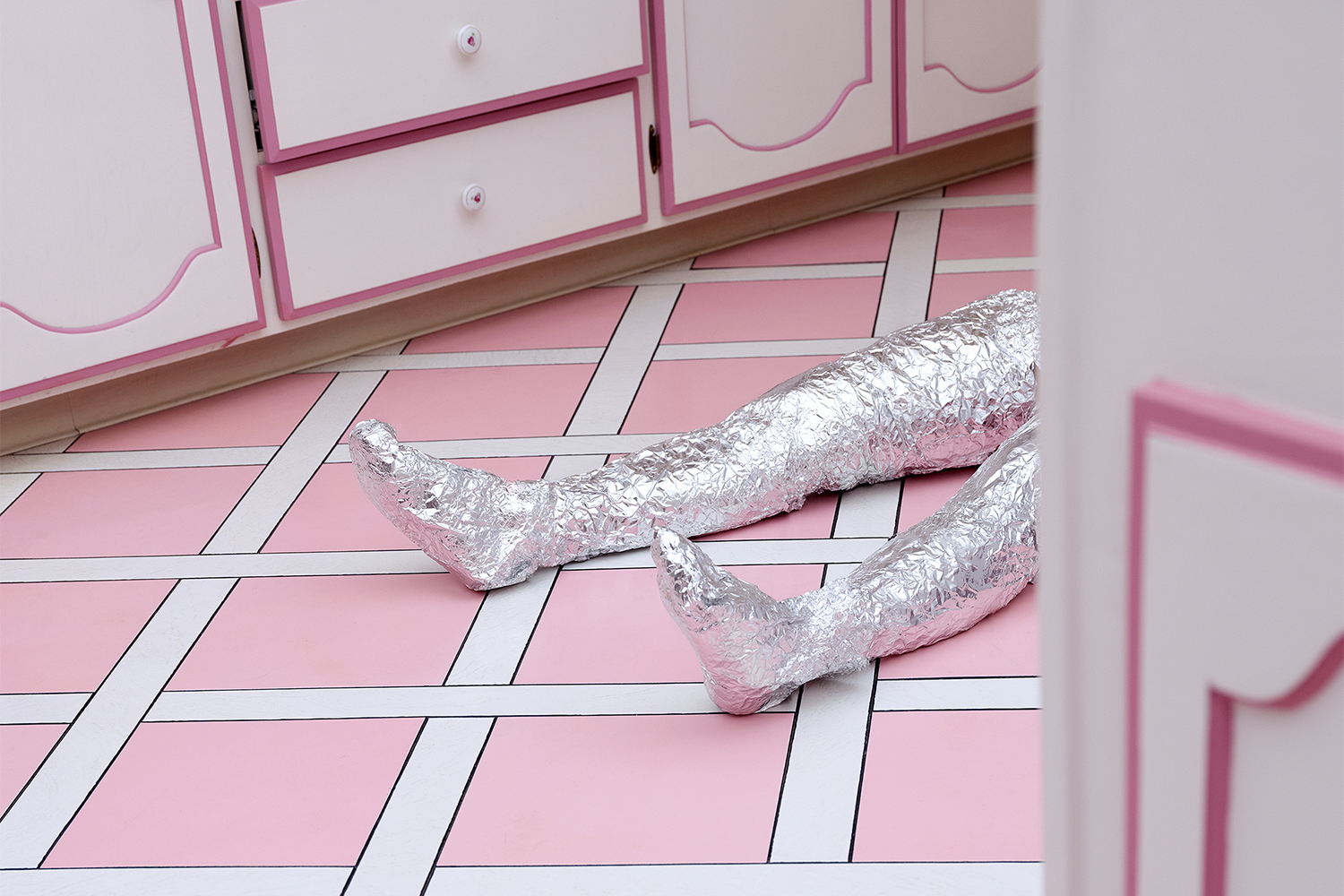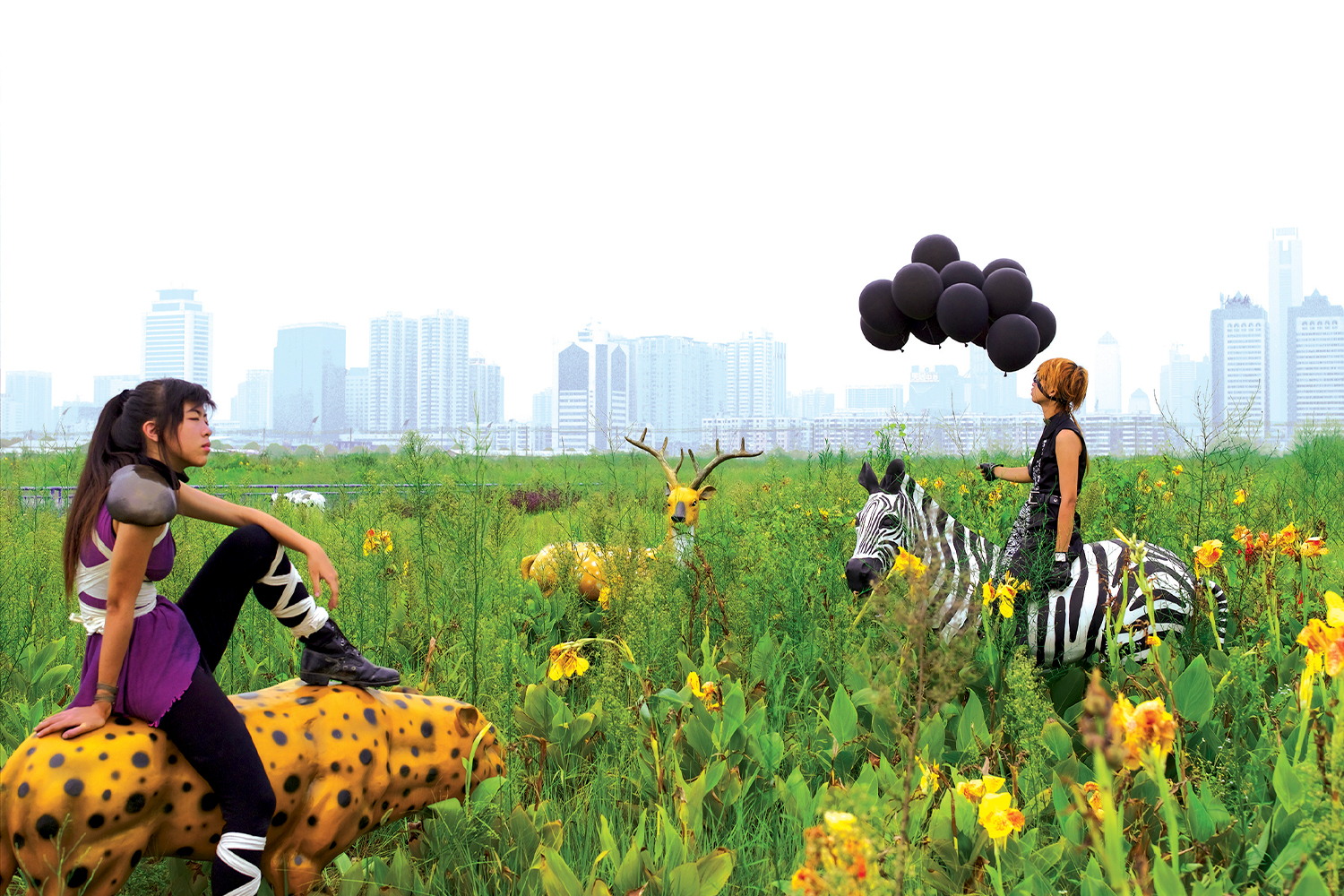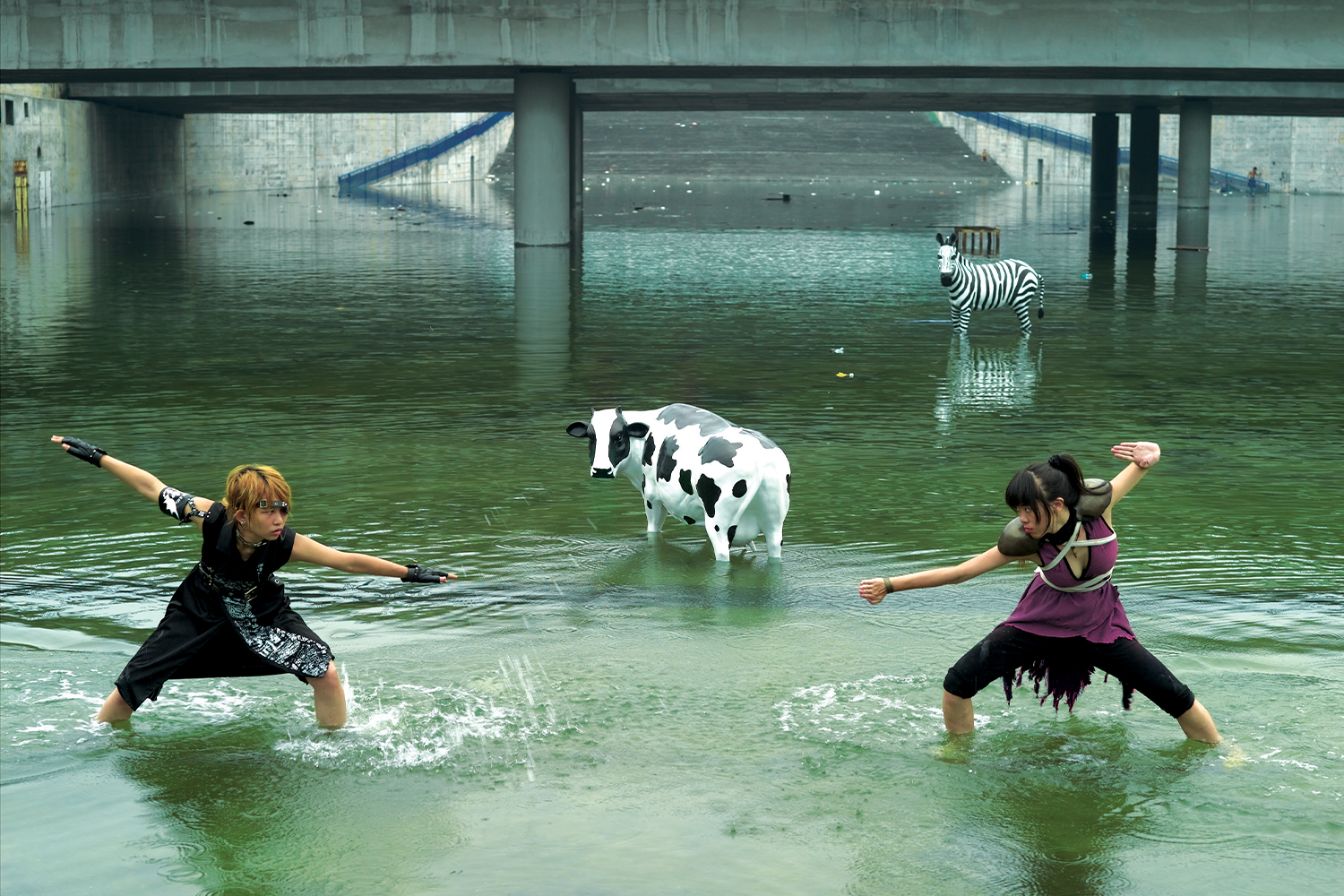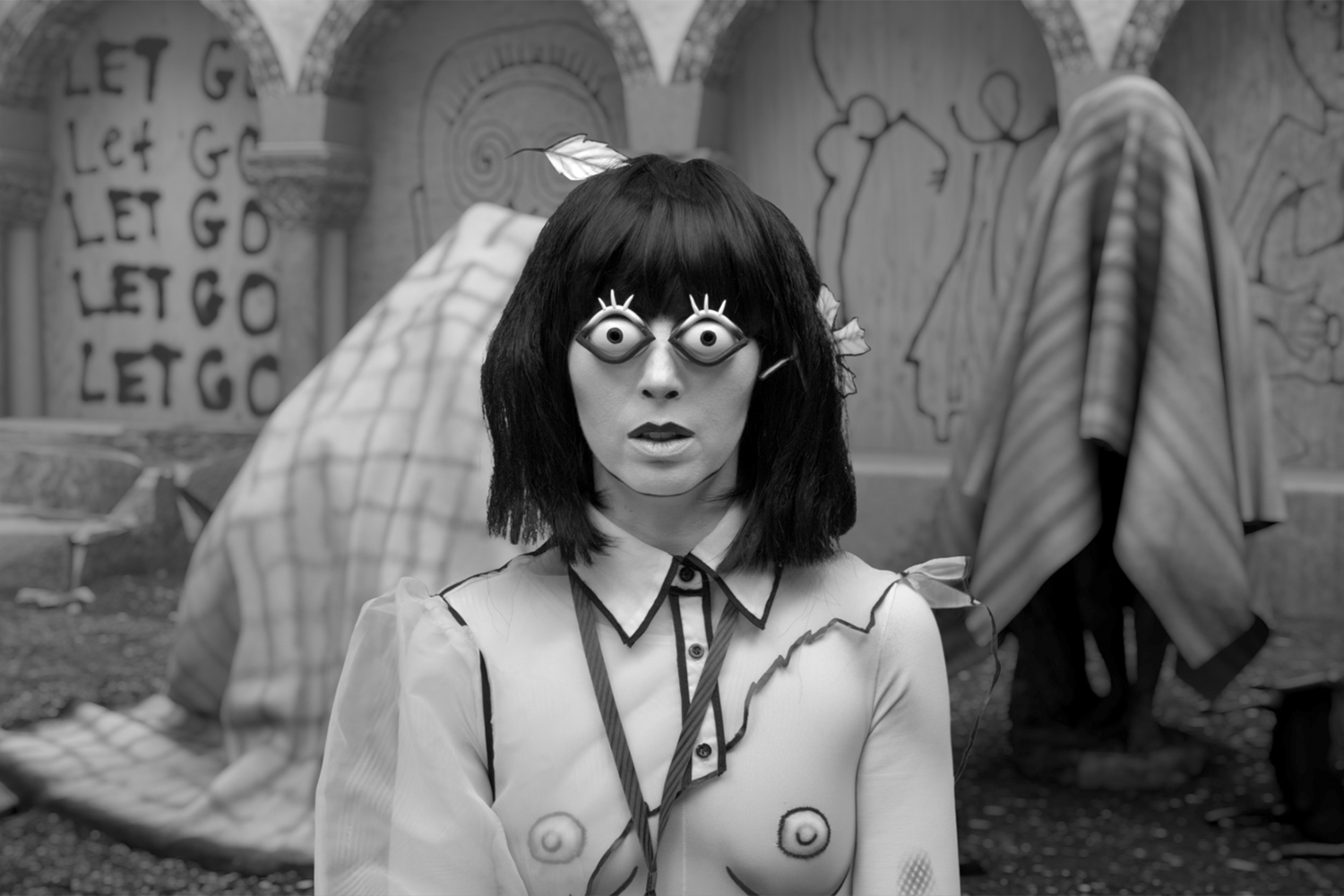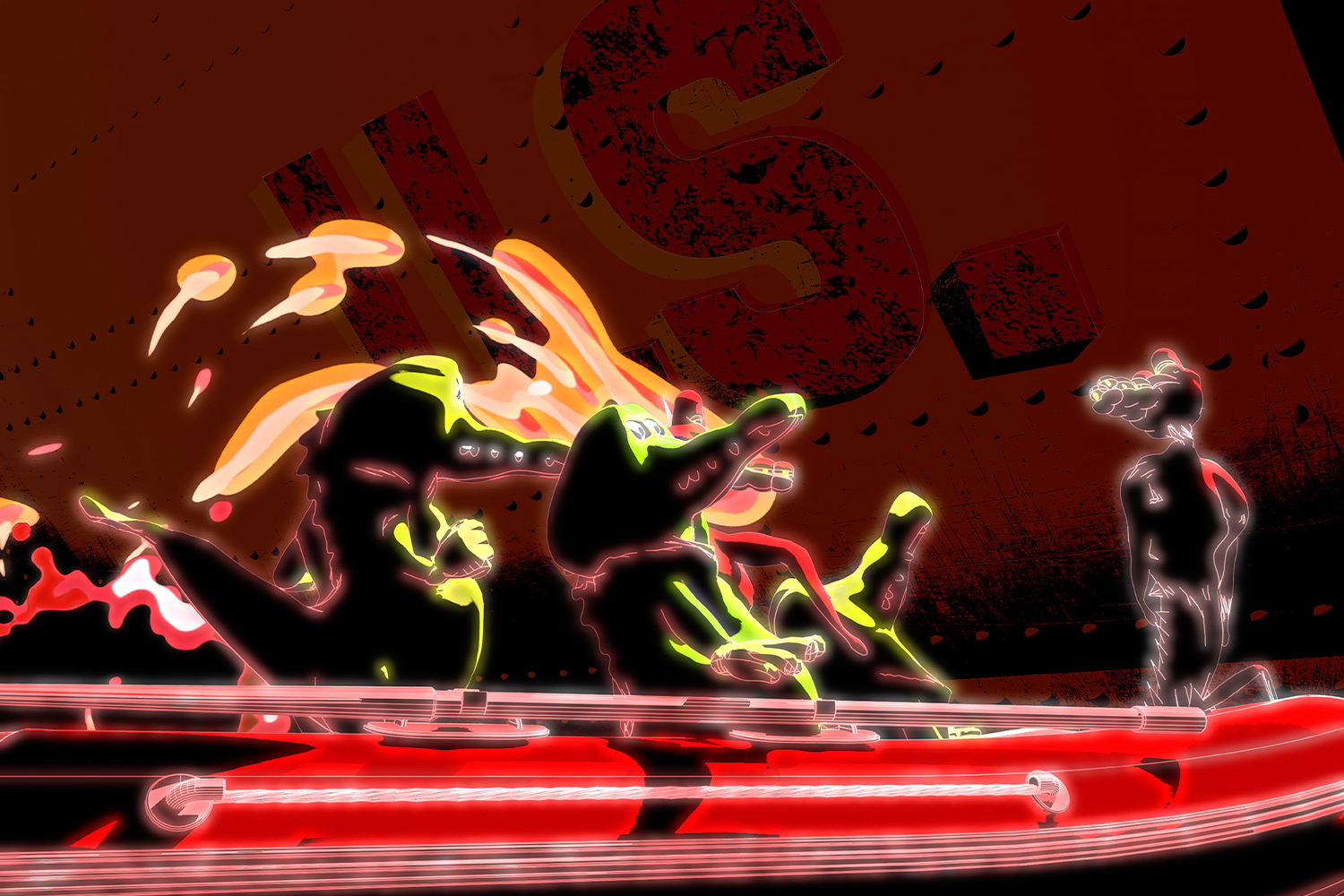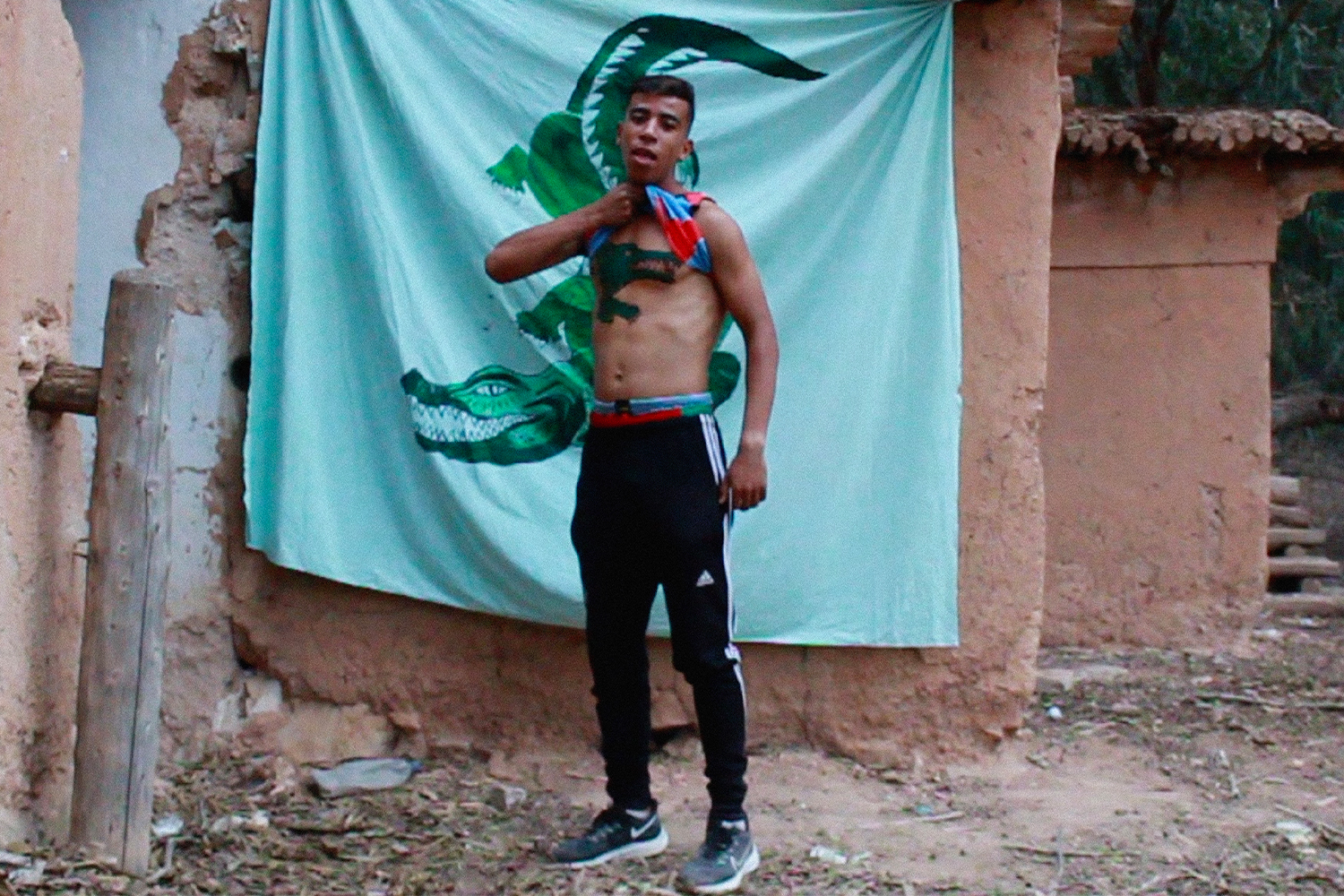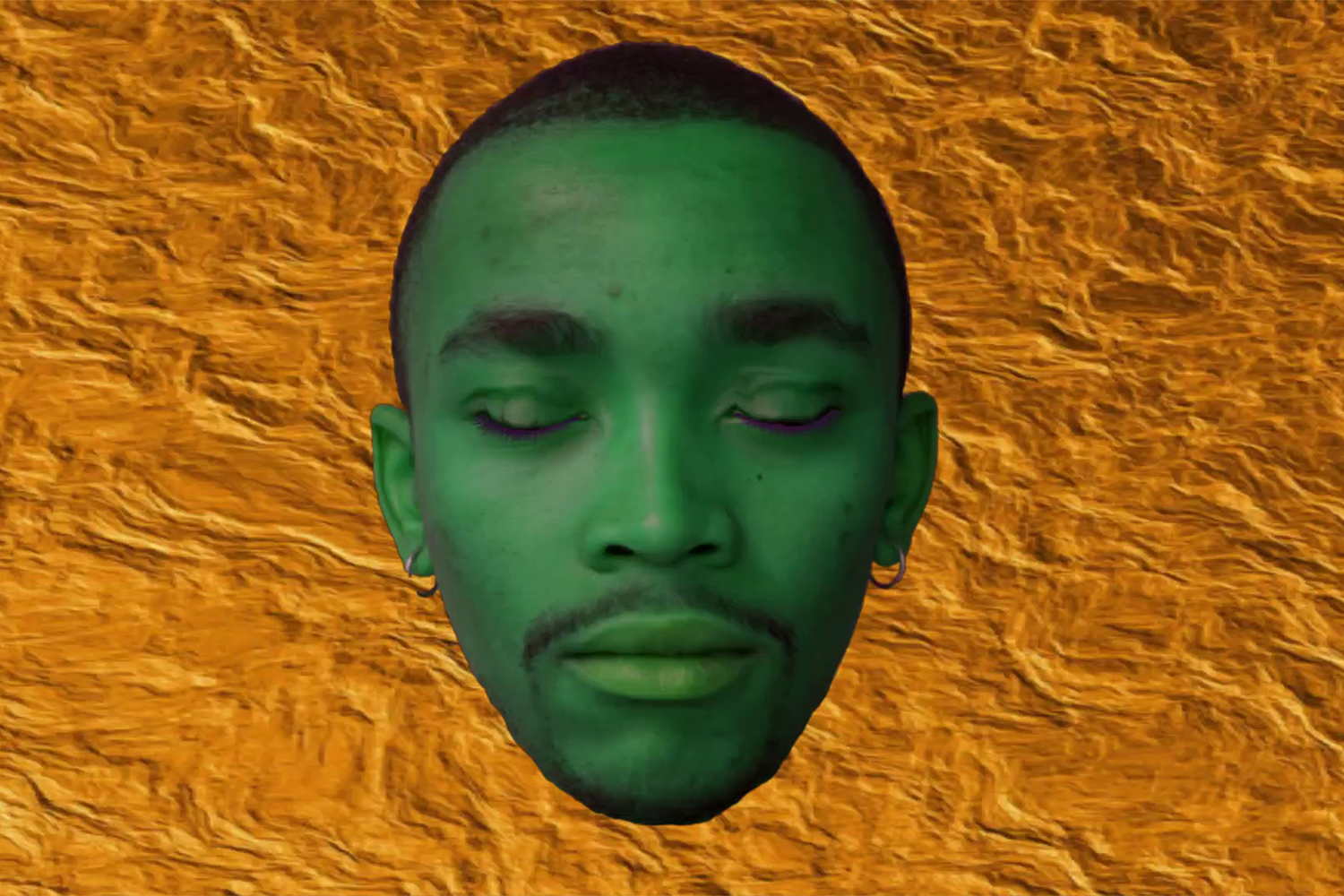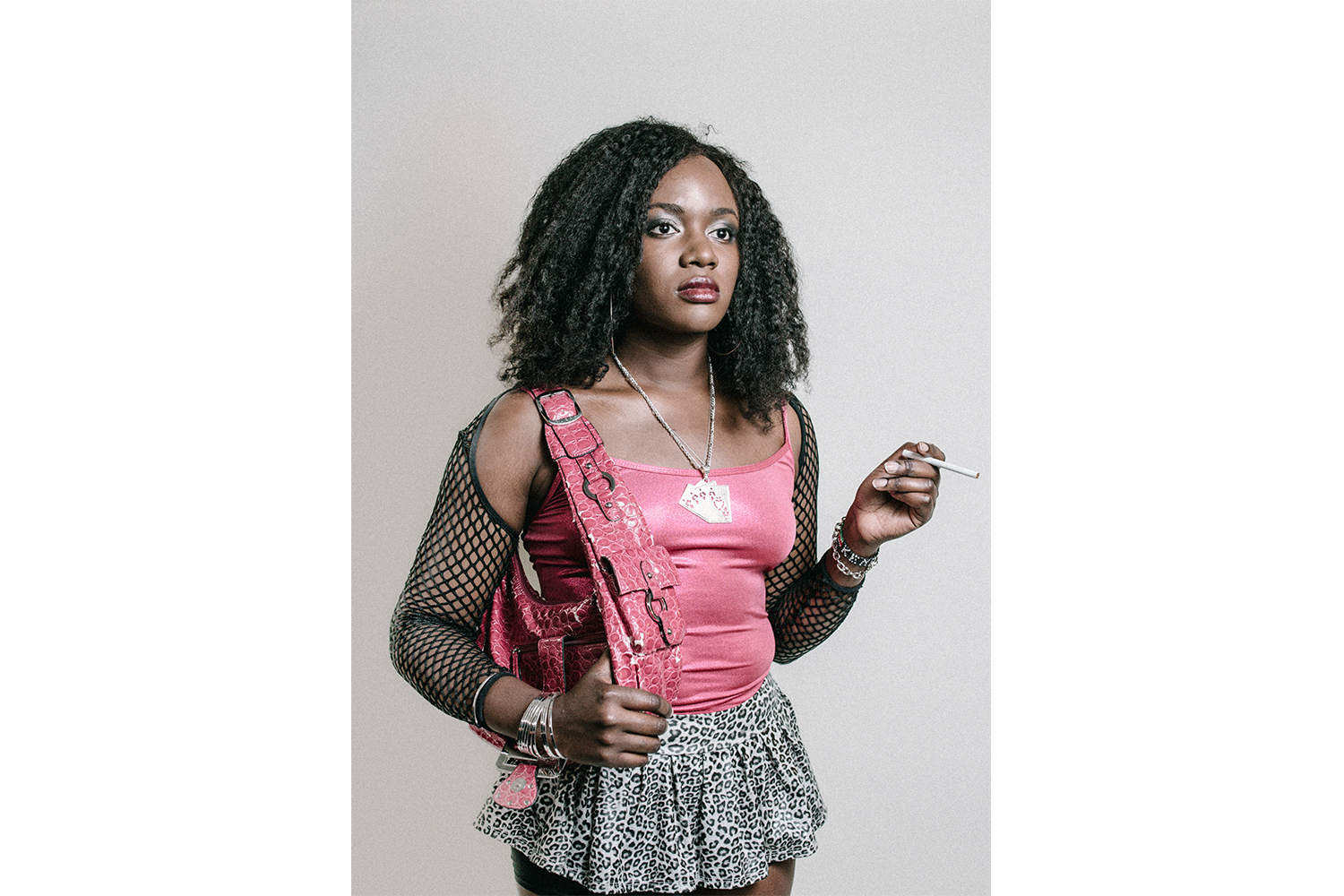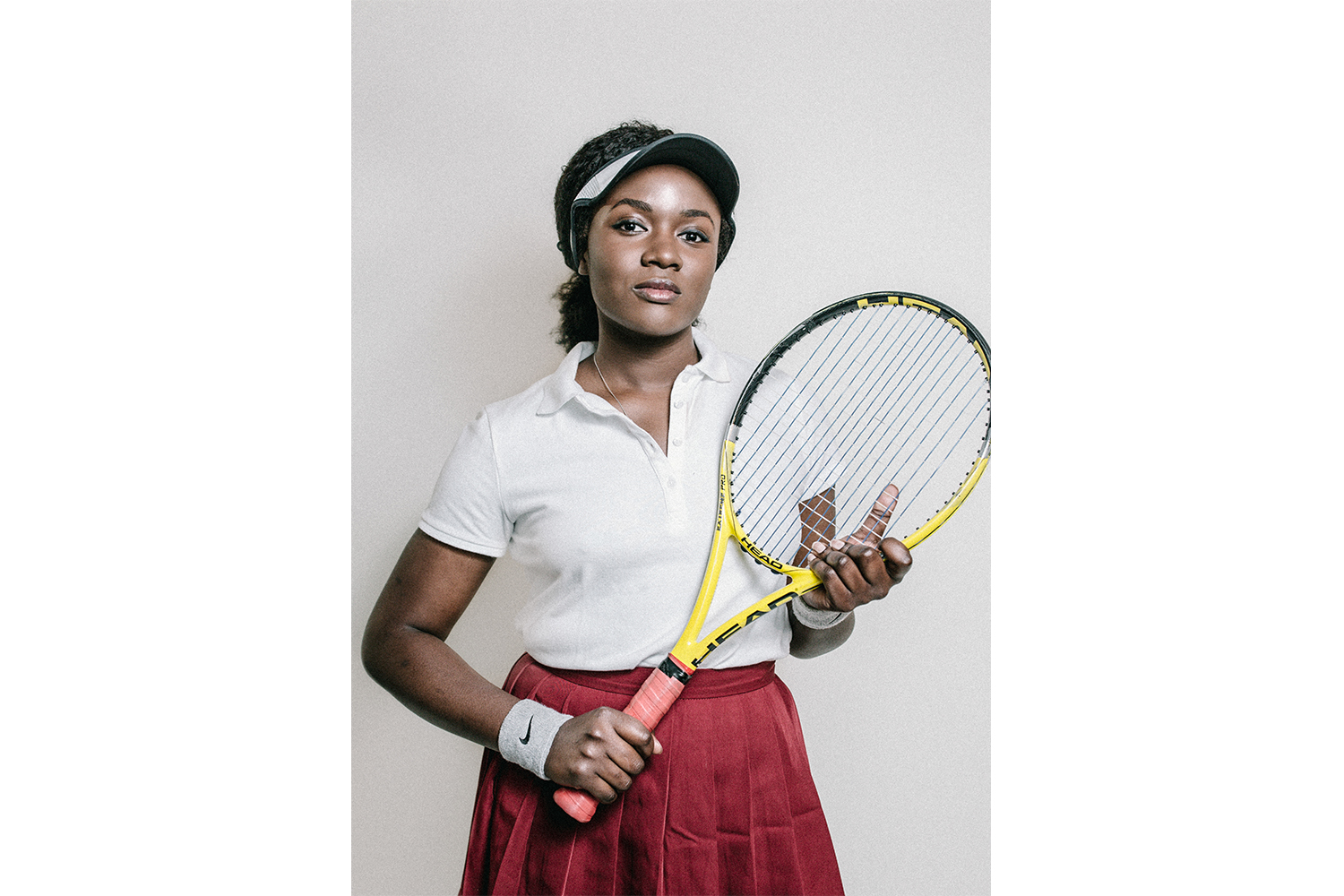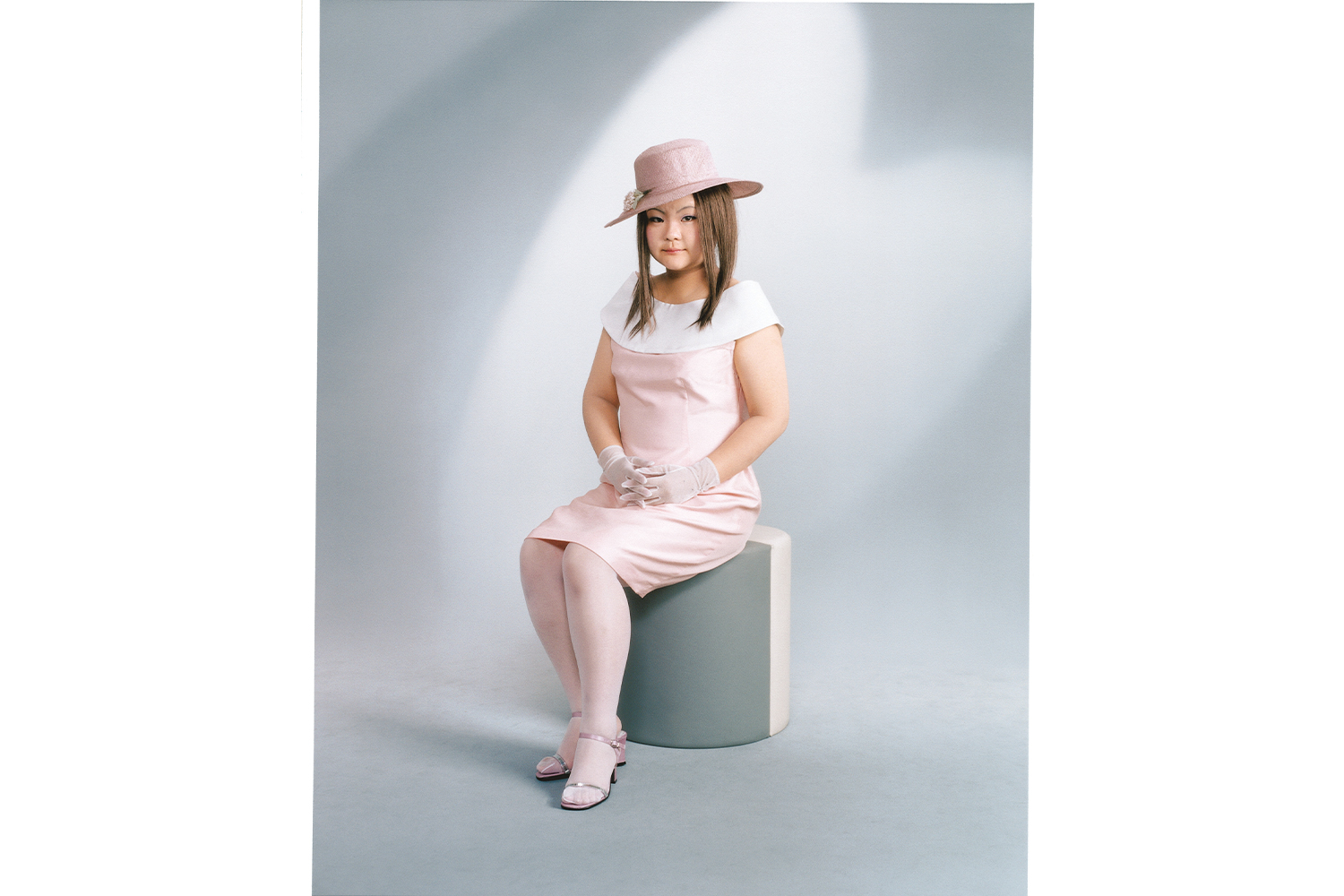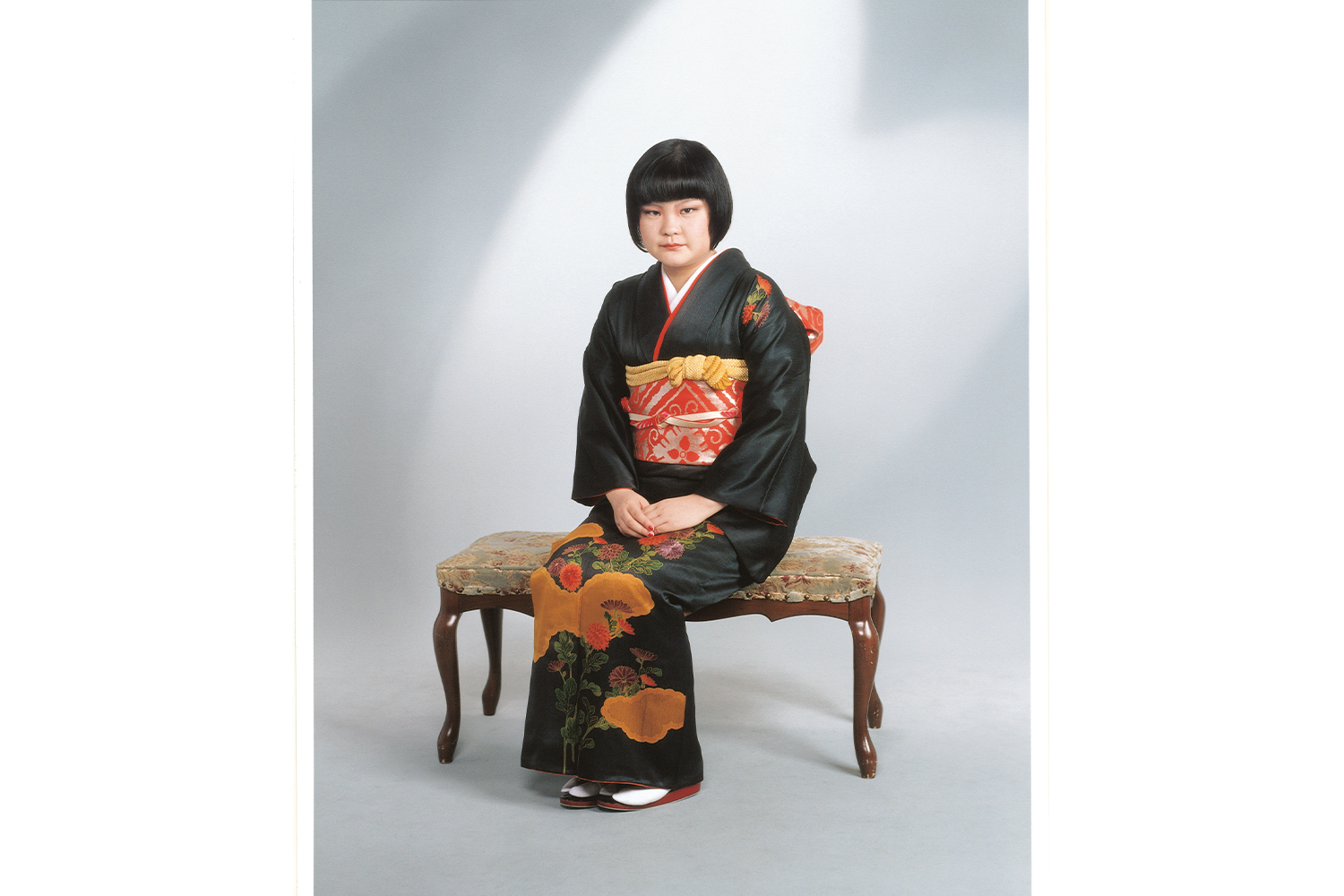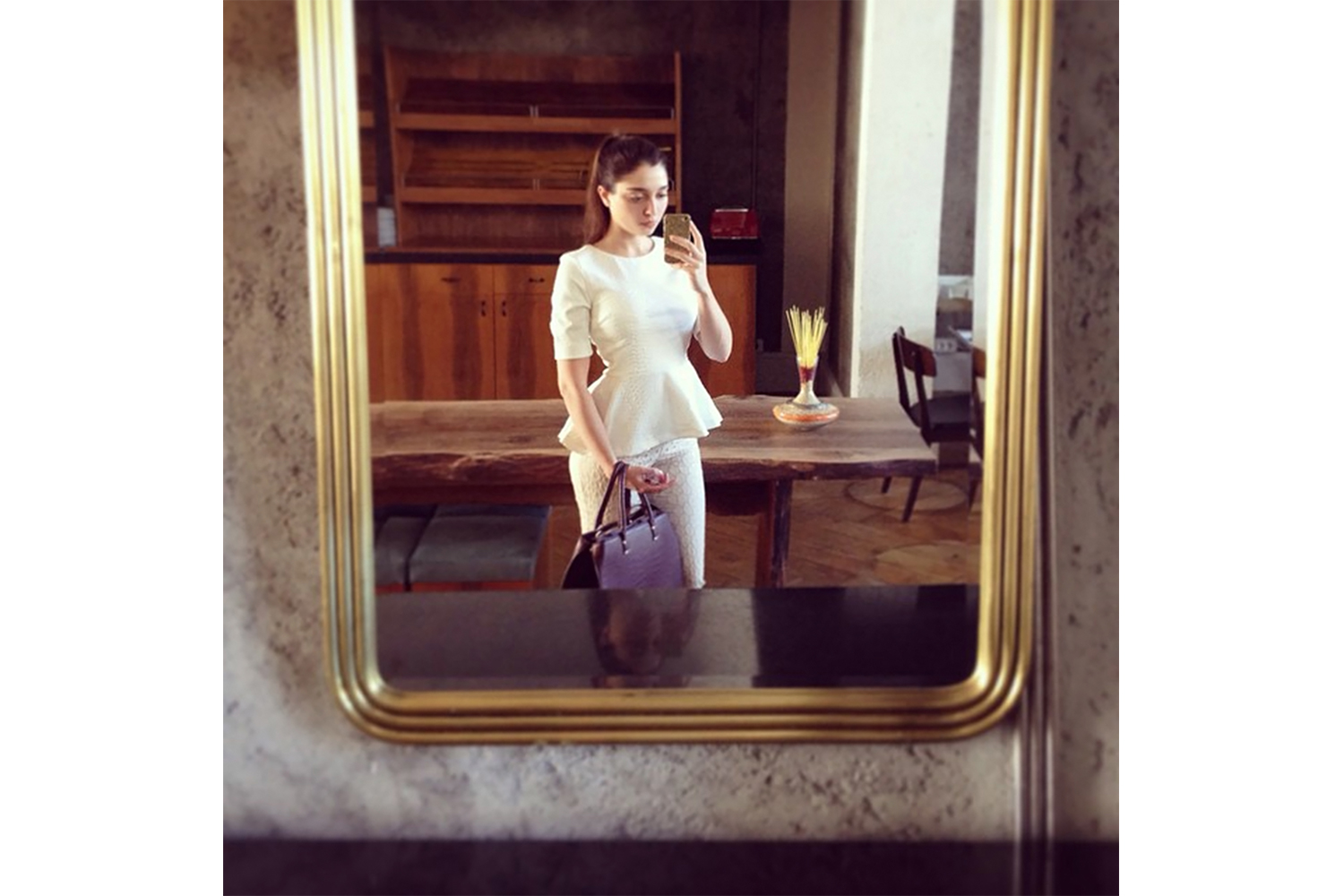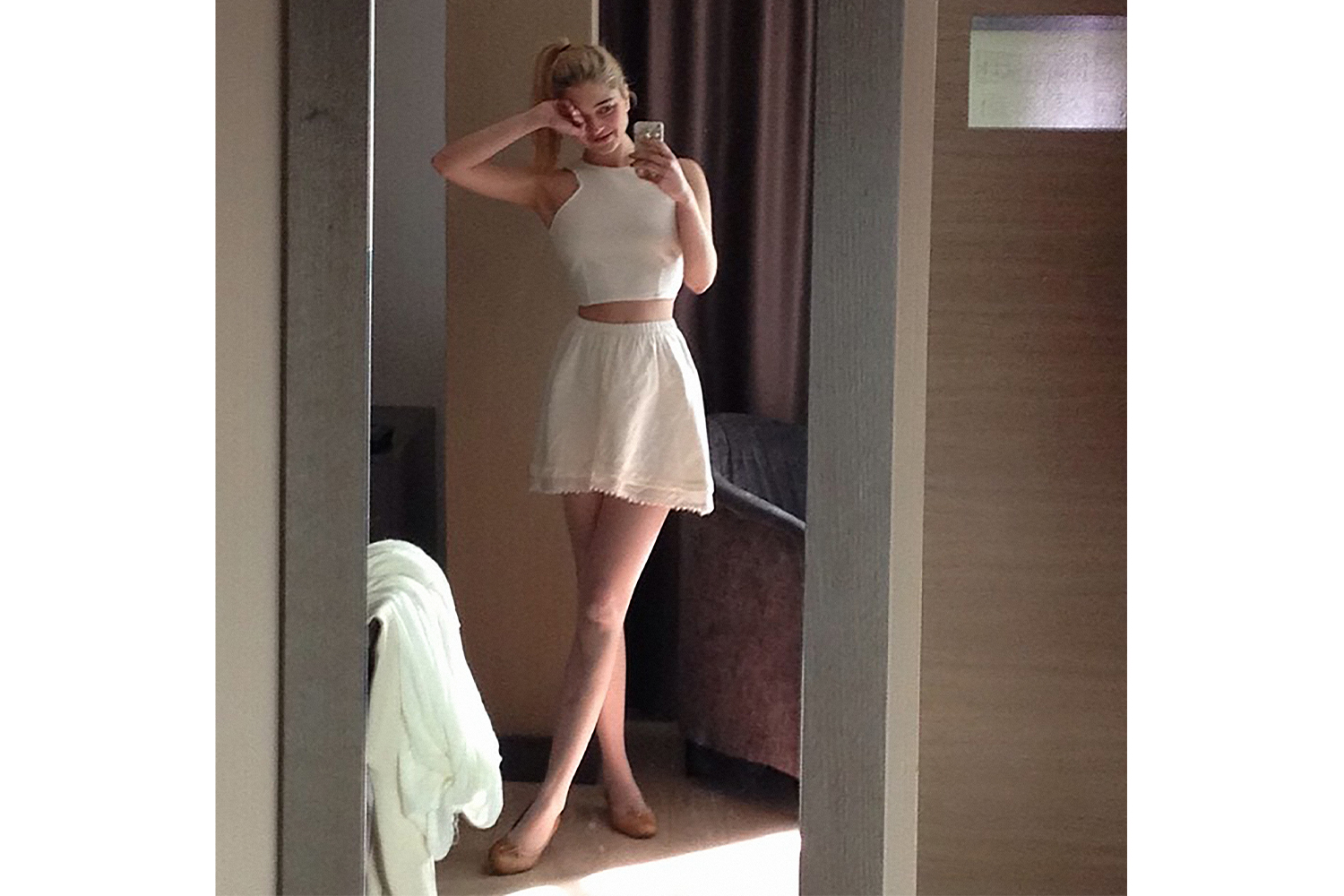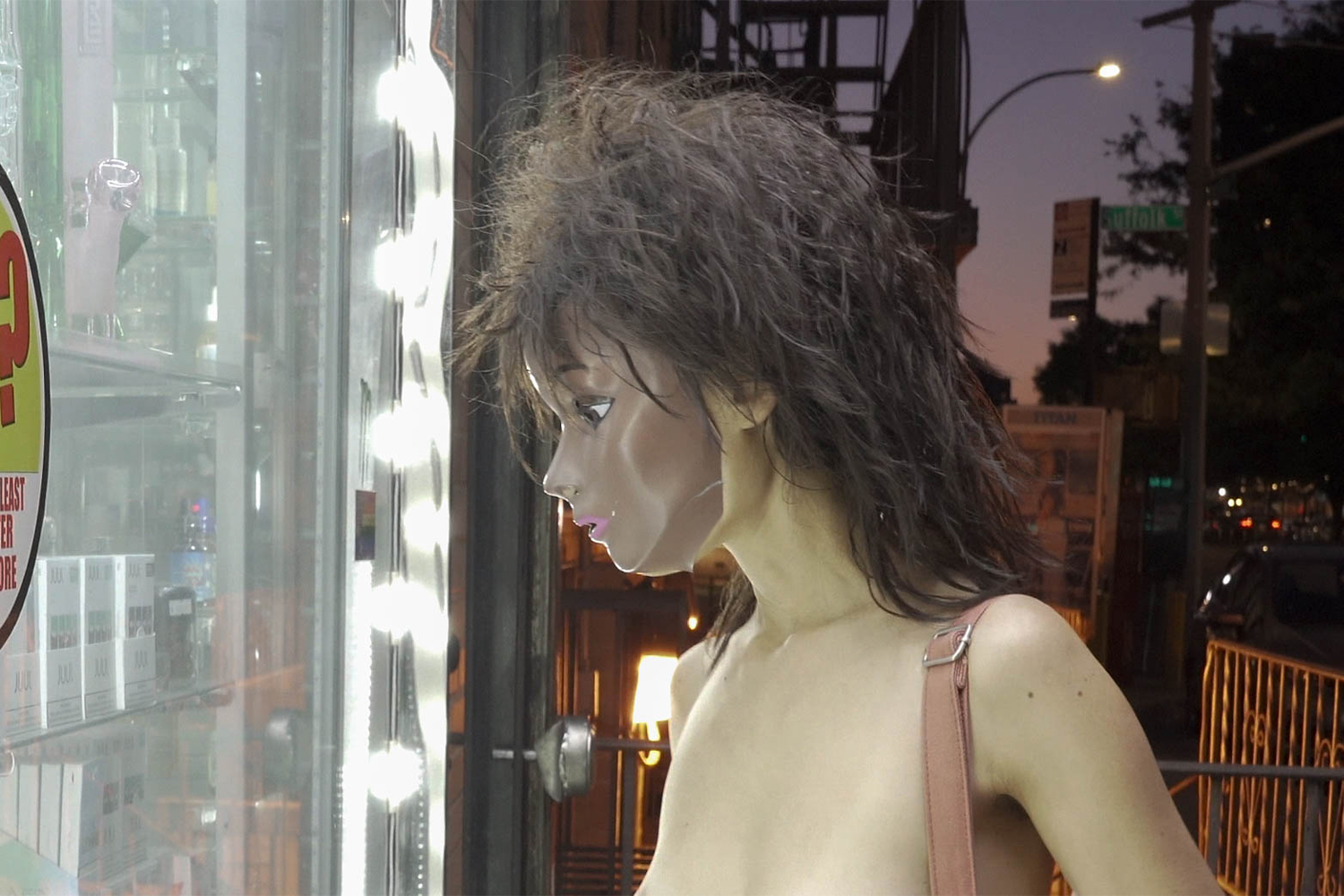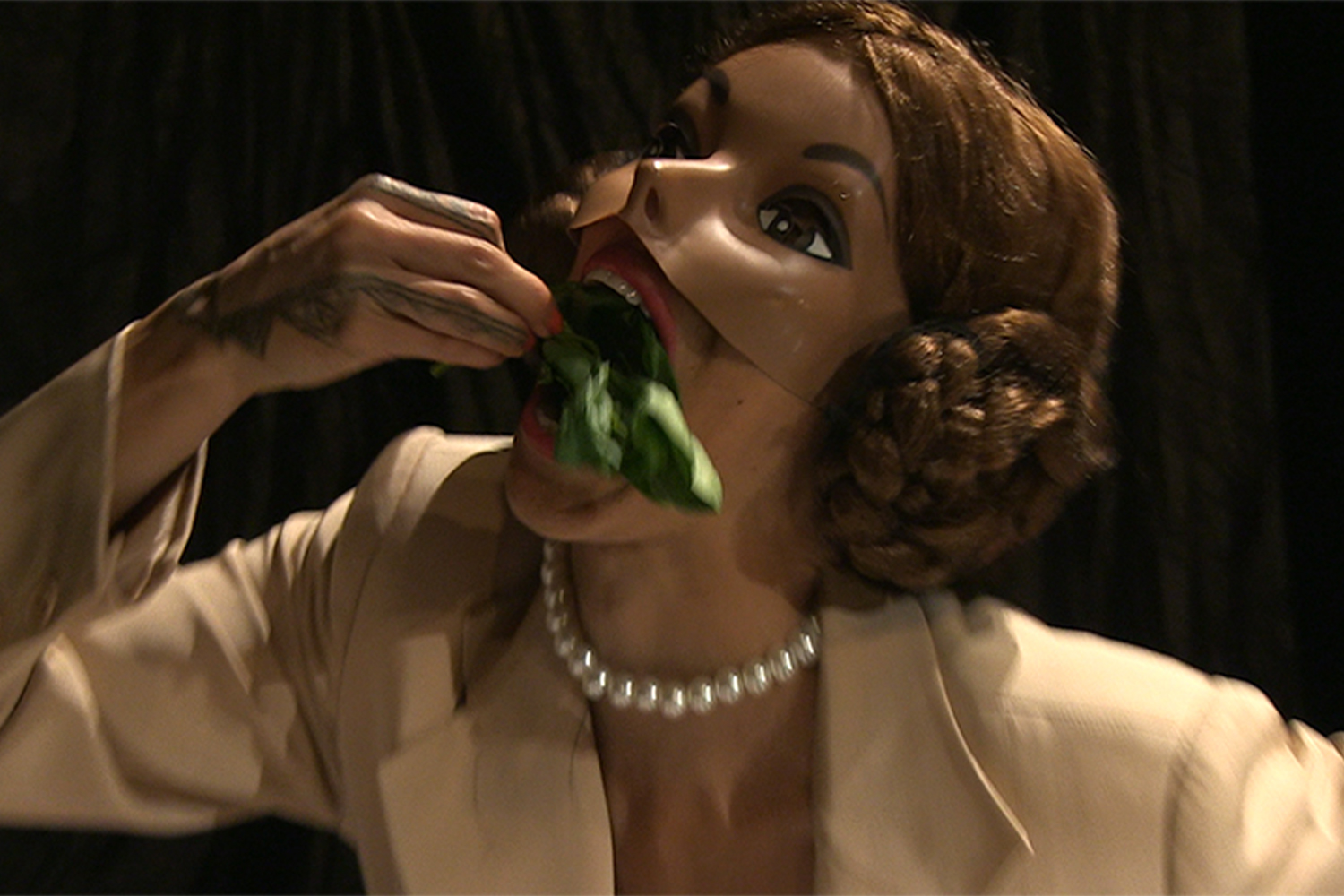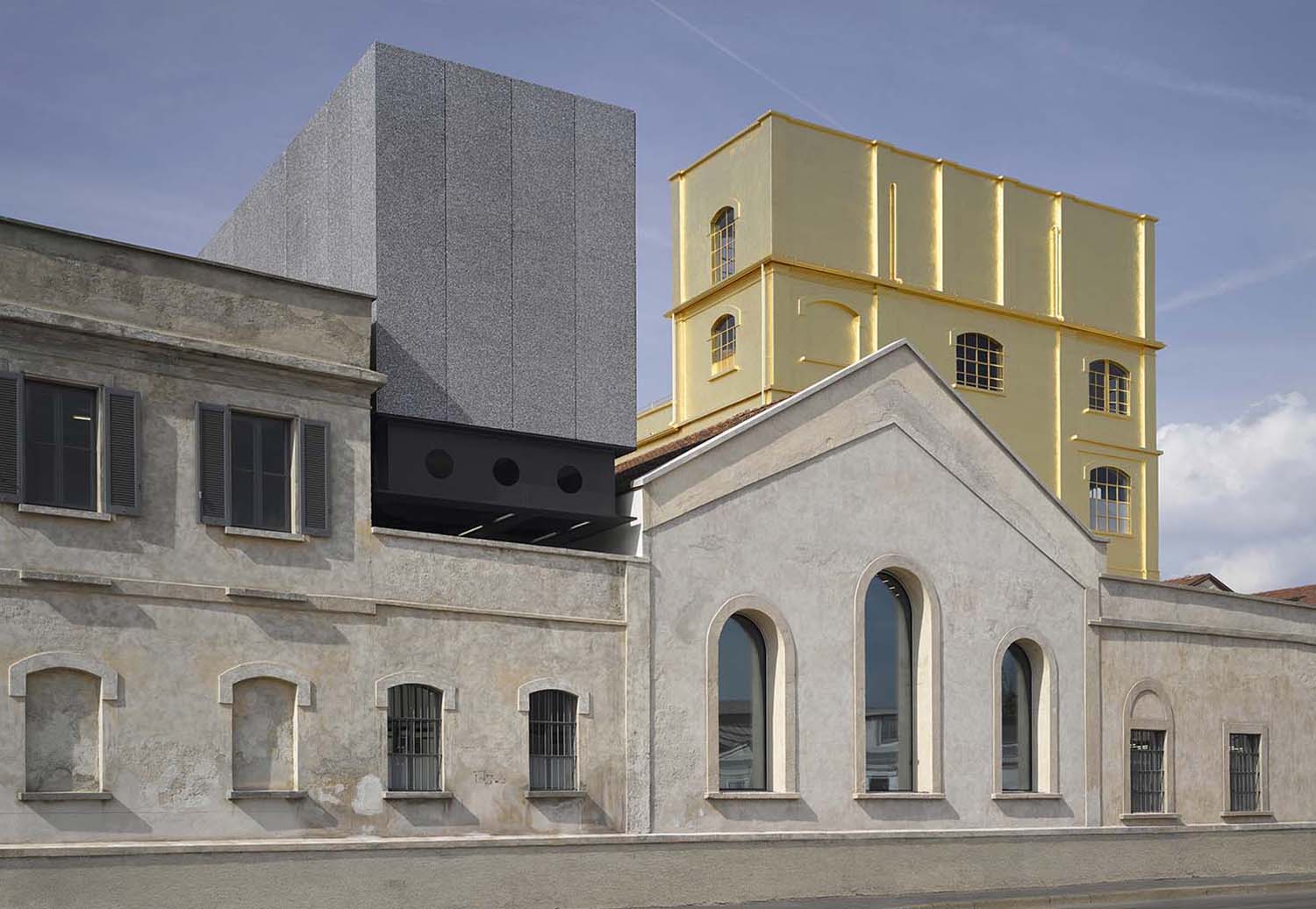The staging of “Role Play,” a group exhibition on view at Osservatorio Fondazione Prada, seems to echo the neuronal system of a quiet aquatic being. The exhibition path resembles a giant ogling octopus whose cognitive centers, sprinkled along its tentacles, glow intermittently in the dark, releasing electronic signals. Crossing the collective threshold, one has the feeling of a creature bobbing in an unexpected aquarium colonized by images, conceived in the broadest sense of the word.
Cast upon the effulgent interior of architect Giuseppe Mengoni’s dome is a consistent bluish light that adheres to the visitor like a computational pitch, altering her or his perception. Perhaps the experience of traversing the ocean floor amid trillions of digital images would not be so different. “Role Play” establishes its lemma on the metamorphic, disorienting, and subversive construction of identity, both theoretically and spatially. The exhibition display, designed by Random Studio, represents a simulation, an architectural avatar that fits Osservatorio like a glowing exoskeleton of blinding panels, projectors, and separating elements. Diffused bluish light saturates the surrounding space, making it a throbbing ecosystem, a hypermedia network in which images materialize and invert. Nevertheless, the blurred, rhythmic, and in some ways comforting breath of the eco-exhibition warns us that the creature inspecting us, far from being zoomorphic, is a pervasive technological apparatus. We grope in the device’s gears, in a swirl of pixels and bits. The emission of blue-band light achieves a rather precise technical function: that of making images gleam as much as possible for our eyes. In this way, we come to the second issue that the exhibition seems to address.
In line with Osservatorio’s disciplinary focus, “Role Play” firmly insists, first and foremost on a theoretical level, on the complex temporality of photographic language. Despite its supposed democratization, hybridization, and almost nullification in the contemporary imagosphere, the theme of photography’s technical origin resonates strongly. This dialectic seems to constitute the common denominator of the labyrinthine project, stressing the spectral condition of photography, its participation in the mechanisms of a mise-en-scène driven by a desire to reimagine identity, which has distinguished photography since its invention in the nineteenth century.
Adopting heterogeneous strategies, the ghost-avatars of the eleven artists selected by curator Melissa Harris participate in a longed-for attempt at awakening. Cao Fei’s filmed cosplayers violently invade public space in order to resist it. A critique of obligatory social practice is actualized in the obsessive experimentation of a pose and a shot fulfilled by Tomoko Sawada, who inexorably reinvents her exteriority. The clash between stereotype and self-image beats at the heart of Haruka Sakaguchi and Griselda San Martin’s Typecast Project (2019), exposing profound racial contradictions in Hollywood cinema. Meanwhile, Darius Mikšys’s screenshots investigate the manipulation of behavior in the videogame environment; and the artificial voices of Bogosi Sekhukhuni’s technological simulation powerfully question the functioning of empathy in virtual communication. In this regard, self-representation plays a crucial role in the exhibition context. In a seductively dystopian dimension, there are the emanations of Juno Calypso, whose flawless photographic technique embodies the cryogenic guise of the Las Vegas bunker-boudoir. Performer Amalia Ulman negotiates the transformation and dissimulation of the bodily image through the aesthetic matrix of the Instagram grid. Low definition, subculture, and inorganic animation implode in Meriem Bennani’s video installation Guided Tour of a Spill (CAPS Interlude) (2021), while Katie Fox, Beatrice Marchi’s doppelgänger, discovers guilt in an agonistic chase with a talking carapace. From the personal universe, which overflows and drips into a constellation of figures, photography invades public space, becoming the moving eye of the flaneuse Narcissister, who conquers her own cartography, showing the breasts of a female body that has become subversively collective thanks to her mask and wig. Finally, the chorus of voices in Rape of Europe (2021), sung by Mary Reid Kelley, claims a polyphonic and dithyrambic female history.
The abrupt awakening, one might say, has just begun. The silent octopus returns our gaze, and we are mirrored in its shiny belly: a ghost among ghosts, a selfie in the display screen.


